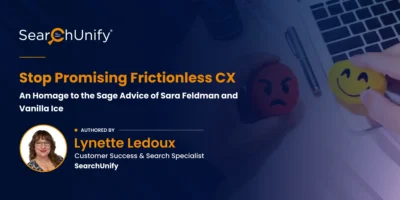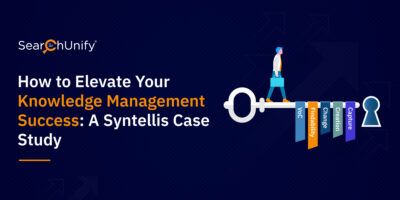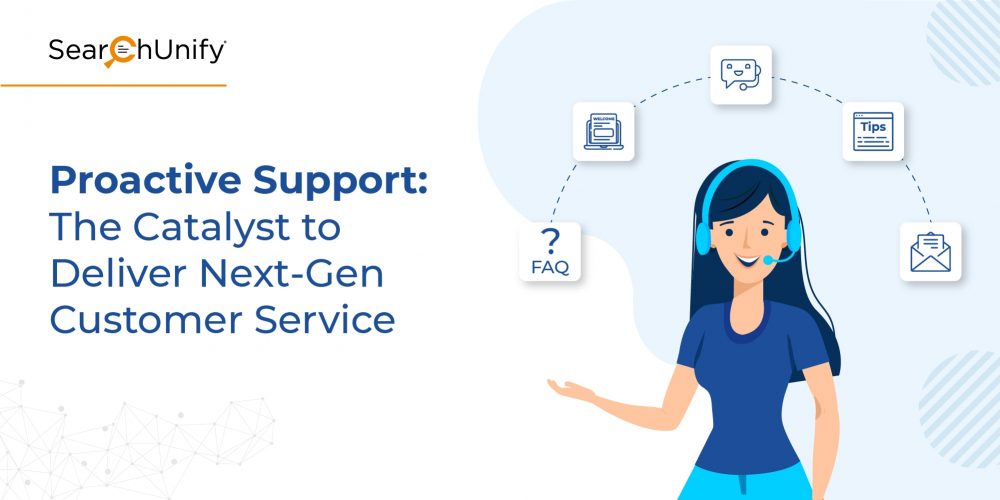
“Your customers are the lifelines of your company, and they need to be treated likewise.”
Customer loyalty is something that keeps service providers up at night. If 32% of customers would stop doing business with a brand they loved after one bad experience and a staggering 92% after two or three negative interactions (Source), retaining them is indeed shooting for the stars.
A retained customer will buy more from you, is easier to upsell to, and might even recommend you to peers, friends, and family.
So, a Retained customer = More business!
Pretty simple, right? But how can you do it? While it may seem a bit taxing, retention is no rocket science. The key is to repeatedly delight your customers & that can be achieved by providing proactive customer service.
Take the case of Salesforce for example. I got an email from them a few weeks ago informing me of an issue with the Winter ‘20 release that has impacted sandbox copies and clones. The email highlighted the issue, its impact, resolution steps taken by Salesforce, and more information on the same.
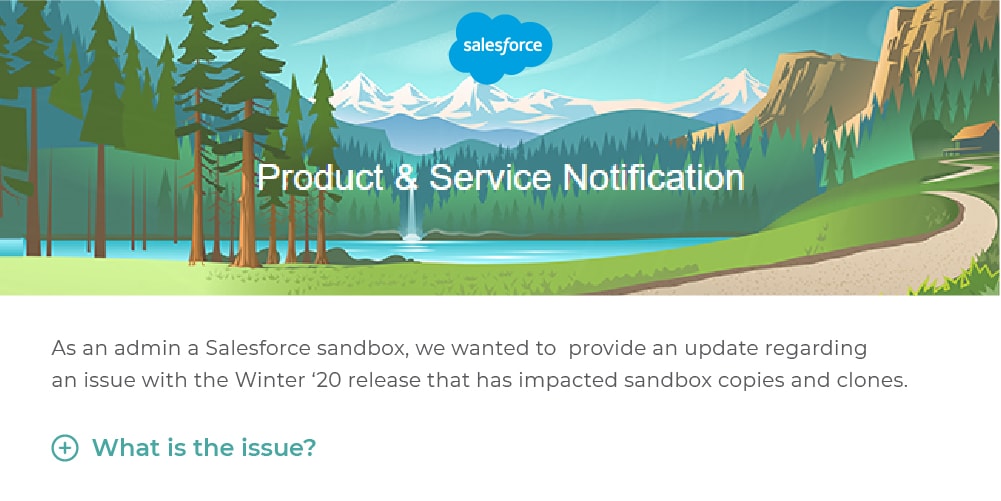
Had I not been informed in the above case, it would have frustrated me and most likely I would have ended up creating a case with their support.
So, let me repeat. The key to retaining customers is delighting them. And that can be achieved by providing proactive customer service. Proactive service answers before the customers even come up with questions. This is what differentiates tech behemoths from smaller firms. They have seen the impact of a proactive approach and continue to reap its benefits.
Go Pro Or Go Home
A proactive approach is how customer service should have been in the first place. There is no place for a reactive service today. In fact, if you are following one, you could be leading your organization to an early grave.
How To Take Charge Of Your Customer Service
Now that I’ve established what proactive service is and why you would want to use it, the next logical step would be to start thinking about ways to deliver it. Let’s cut straight to the chase and get cracking!
1. You need to know your customers, and to do so you need to listen. You are in a relationship with your customers and it pretty much works like any other relationship. Once you realize what issues they face, their pain points and expectations, you are in a much better position to make it work.
This can be done by sending short surveys and asking for a few questions via emails, mobile apps, at the end of a chat or a phone call.
An example of post-chat survey
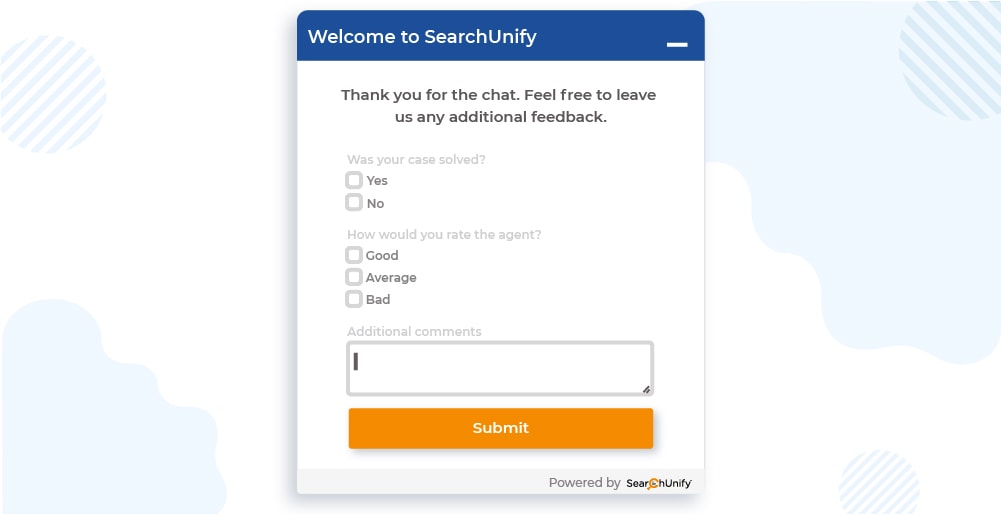
You could use free online forms like Google forms, to create and analyze surveys for free. You can also review tickets logged by customers and check social media channels to identify common issues and pain points. Article click rates and feedback posted on your community can also be a good source for recognizing problems.
After identifying the problems you can start preparing documentation or videos on your website/help center. Facebook has mastered the art of providing proactive answers to possible questions that a customer could possibly ask. The social media giant walks the users through the app in a seamless manner. Additionally, you can top this up by sharing the problems with your product and engineering teams to further enhance your product.
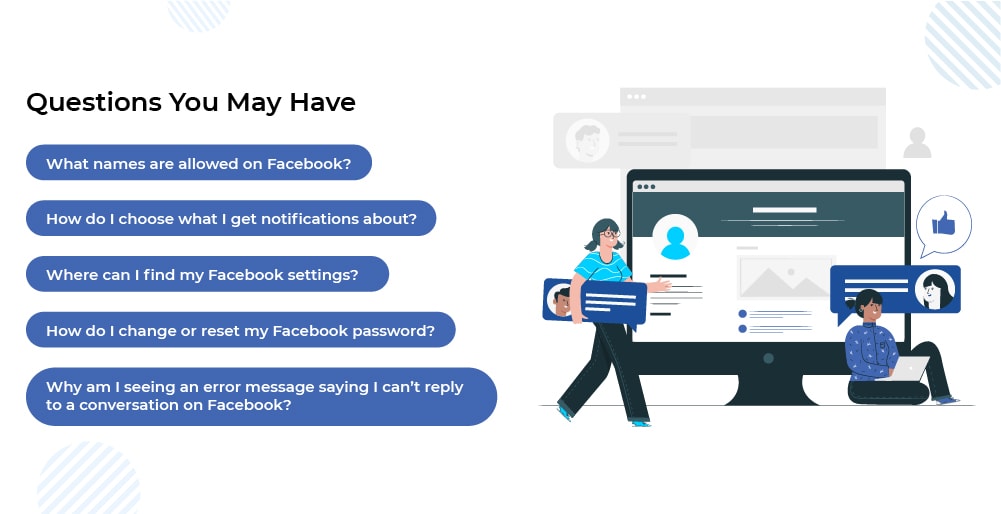
2. Creating content for self-service channels is another way of scaling up your proactive customer service.
New-gen customers prefer self-service, so much so that 70% of them now expect a company’s website to include a self-service application (Source). Another study by Dimension Data found that 73% of customers prefer to use a company’s website, instead of using social media, SMS, and live chat for support (Source).
So, people love self-service and they prefer using your website over everything else. What this means is that your website needs to have some sort of self-service mechanism so that customers can find answers there as well. You can provide plenty of easy-to-digest content on your website via FAQs, how-to guides, quick videos (demo of your product), search-aided chatbots, etc. This can aid you in delivering proactive support.
A good point to note here is that having all the self-help content is just half the job done, you need to make it easily available and discoverable for the folks to truly help them.
One way of doing that is by upgrading the search on your website or portal. Various cognitive search platforms leverage AI to offer relevant and personalized search results indexed from unlimited content sources.
Lastly, compliment self-service with human agents. No matter which self-service tool you are using, even your search should be set up in a way that it connects to support agents when the tech fails to provide the right answer.
We at SearchUnify, do something similar by providing seamless hand-offs to live agents with OOTB adaptors.
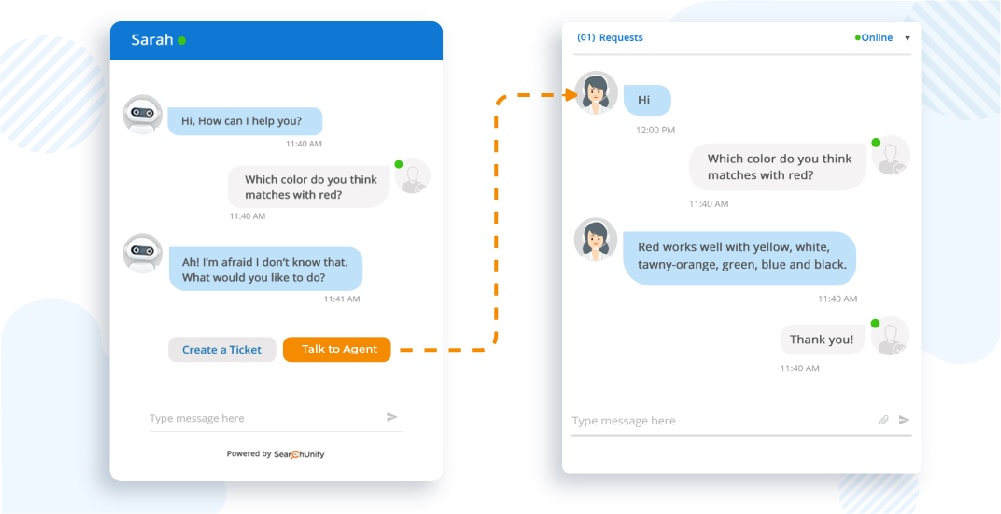
3. Keep an eye on the user activities & monitor them in real-time to jump in with a solution to turn your damsel-in-distress-customers into a hero (please do not think of this as a sexist remark, I am a woman myself).
It’s too late if you have to say sorry to your customers, not that apologizing is a bad thing, but why let it come to that? You can monitor users in real-time, noticing their click behavior.
For instance, Rage Clicks – clicking multiple times, rapidly, in the same area; Dead Clicks – clicking on something but finding out it is unclickable; Thrashed Cursor – when the user moves their mouse erratically or in circles, signaling confusion or frustration.
There are many tools available in the market that you can use to identify such users &
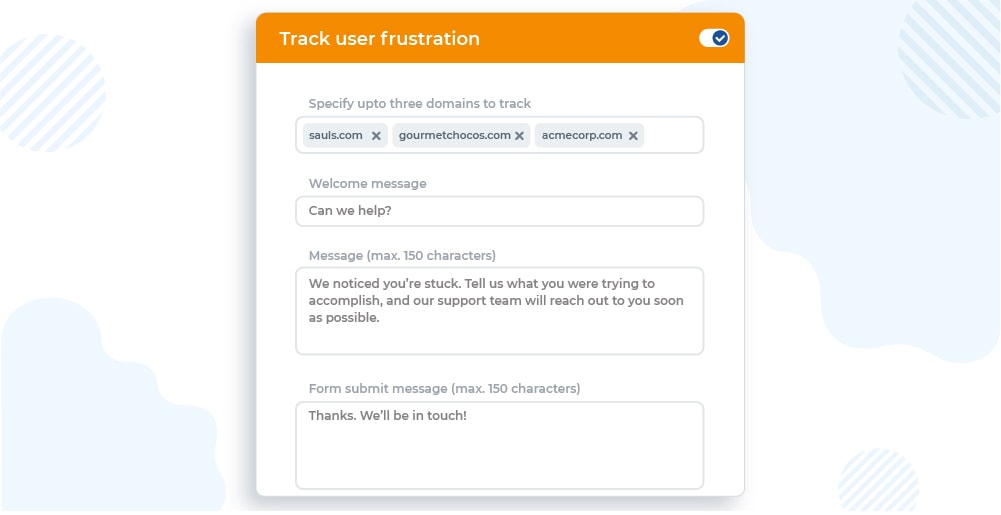
trigger a help widget that offers solution articles to resolve customer queries.
If there’s heavy traffic on your website you can automate this entire process and send emails containing helpful links.
To Sum Up
Customers love it when you go the extra mile to make them happy. Similarly, they appreciate when you come clean in case of major disasters like the portal going down, a feature not working, etc. So, if you feel that something might go wrong, it’s better to let your customers know beforehand. Trust me, you’d rather own it than answer a disgruntled mob of customers when all hell breaks loose.
Need help with taking your customer service to another level?
When you have incorporated all the above elements in your service practices, you will notice a huge difference in customer satisfaction and retention score. And if you want to take it to another level, I would suggest leveraging sentiment analysis & NLP for customer service. Here’s an ebook to get you started.


